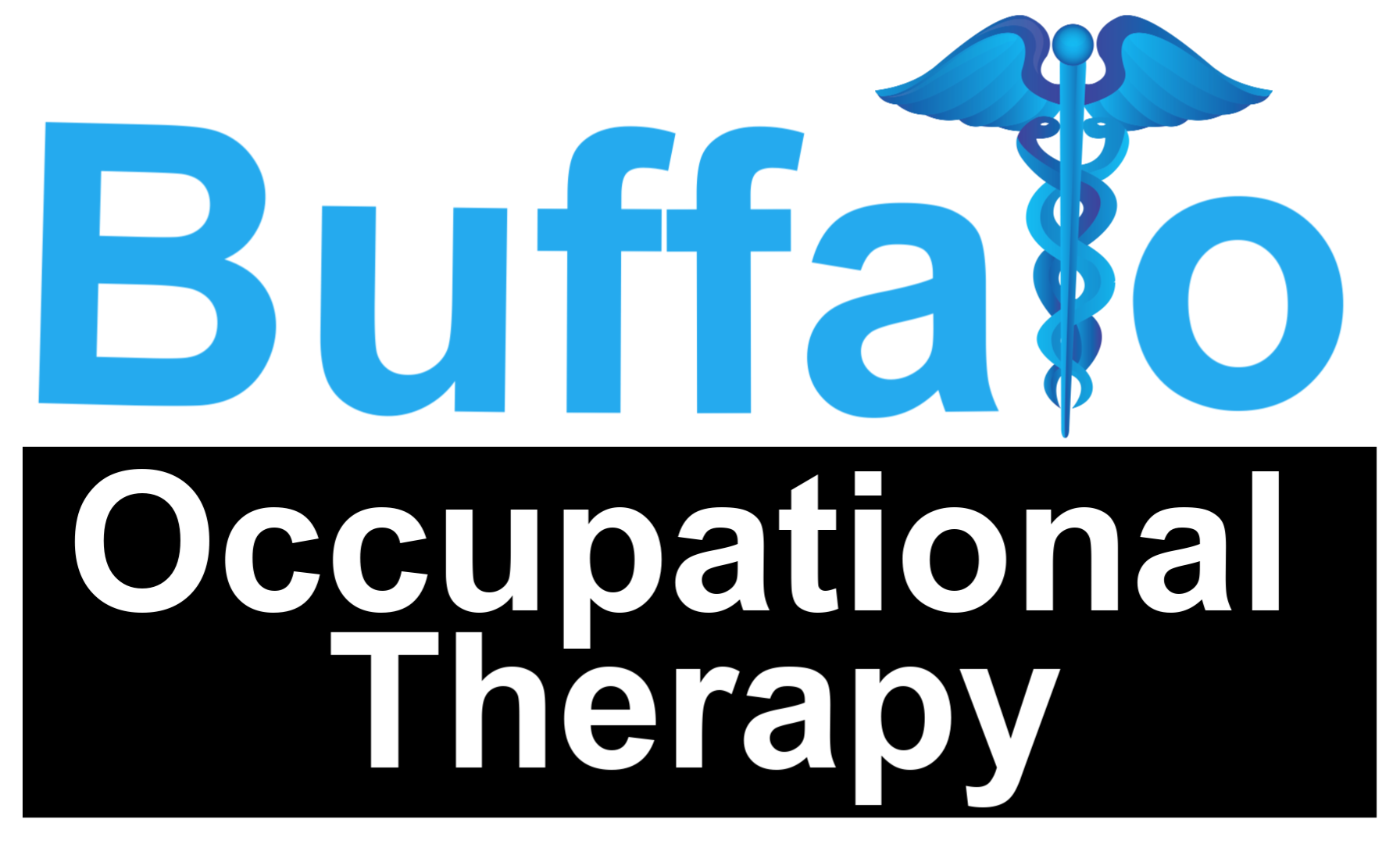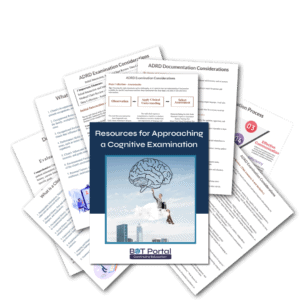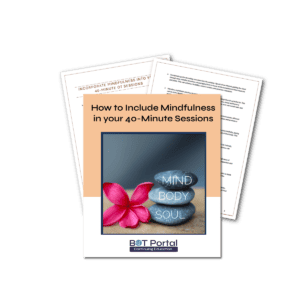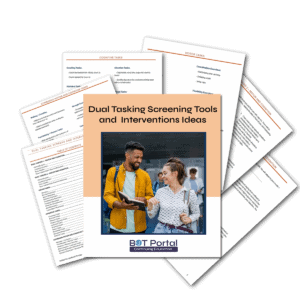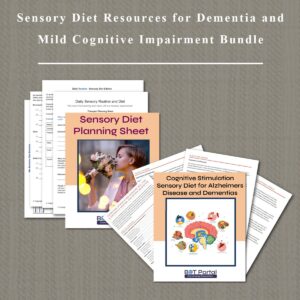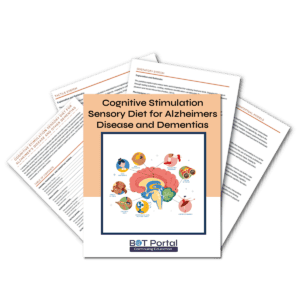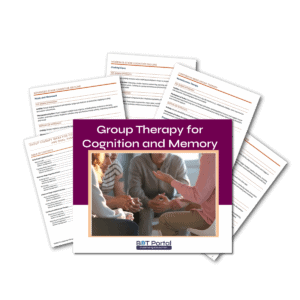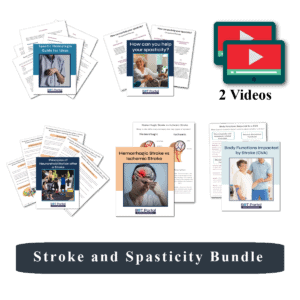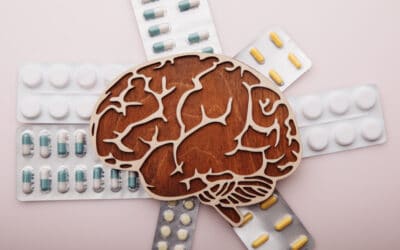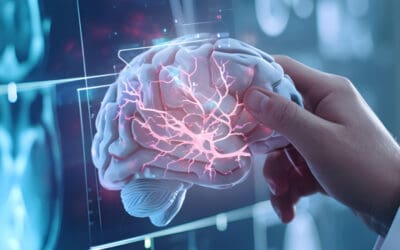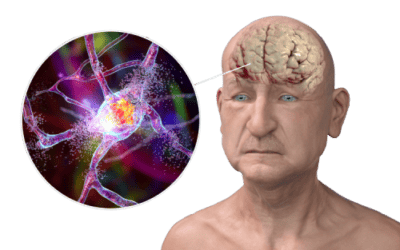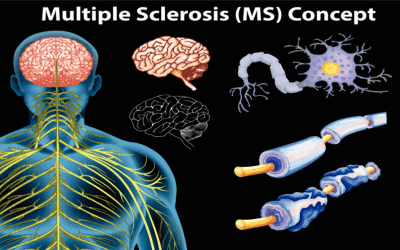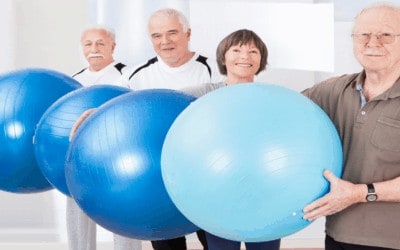Group Activities for Occupational Therapy
Stop feeling insecure and lost.
Don't wait for BURNOUT to consume your life because there just isn't enough time to search for evidence-based occupational therapy resources and training for daily clinical treatments.
Join the BOT Portal for occupational therapy resources and receive 24/7 access to the highest quality resources designed by an experienced therapist speciically for busy, motivated, and passionate therapists and therapy assistants.
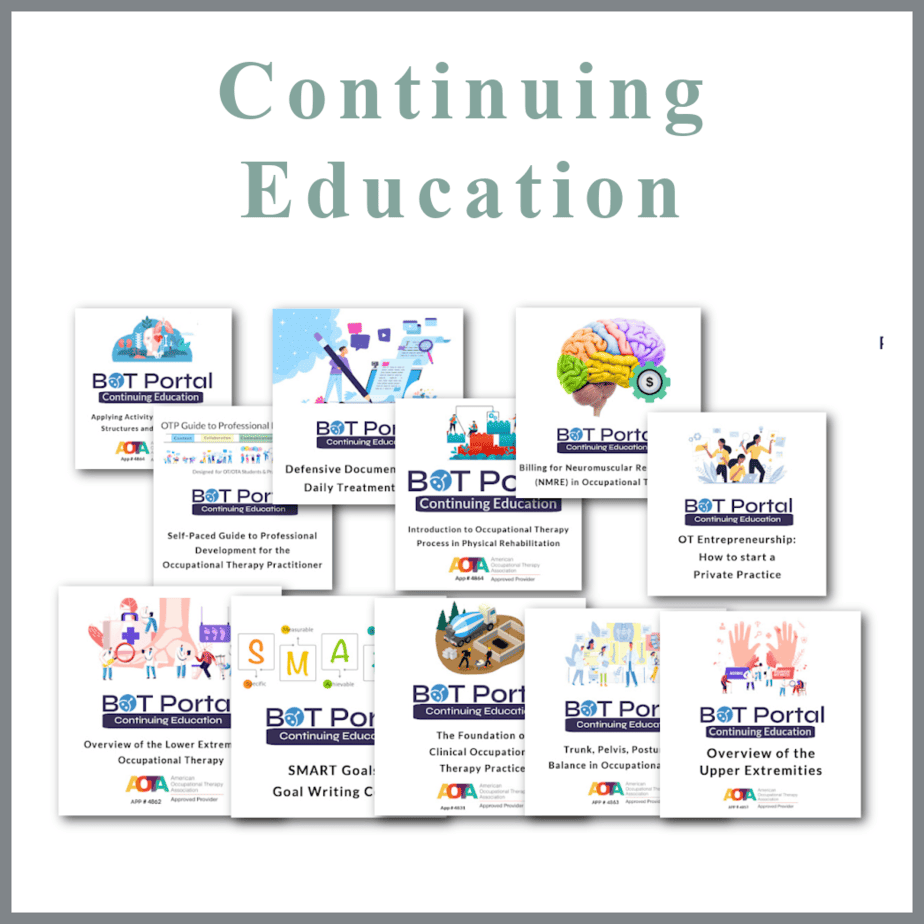
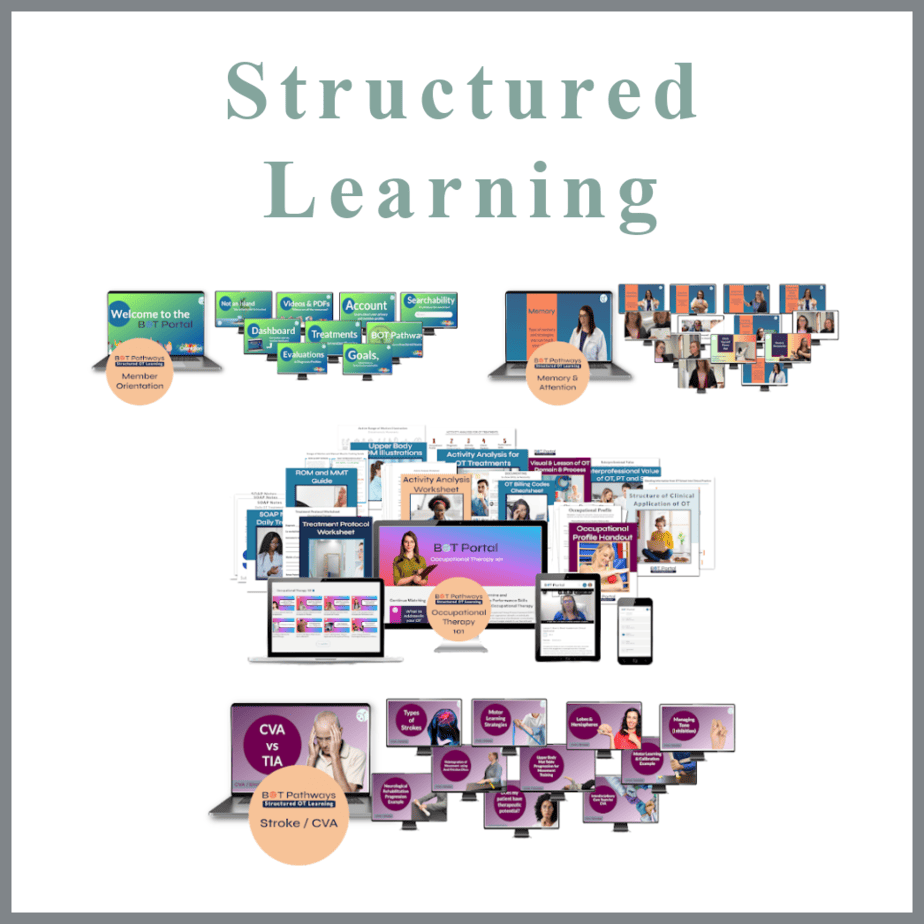
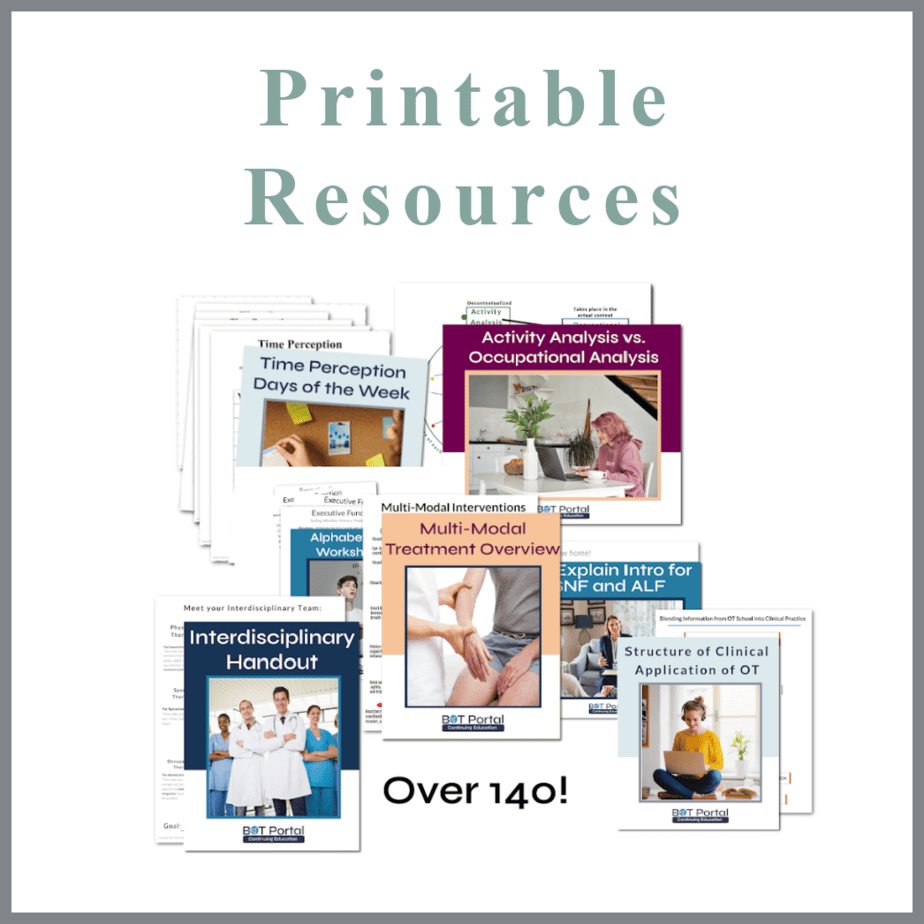
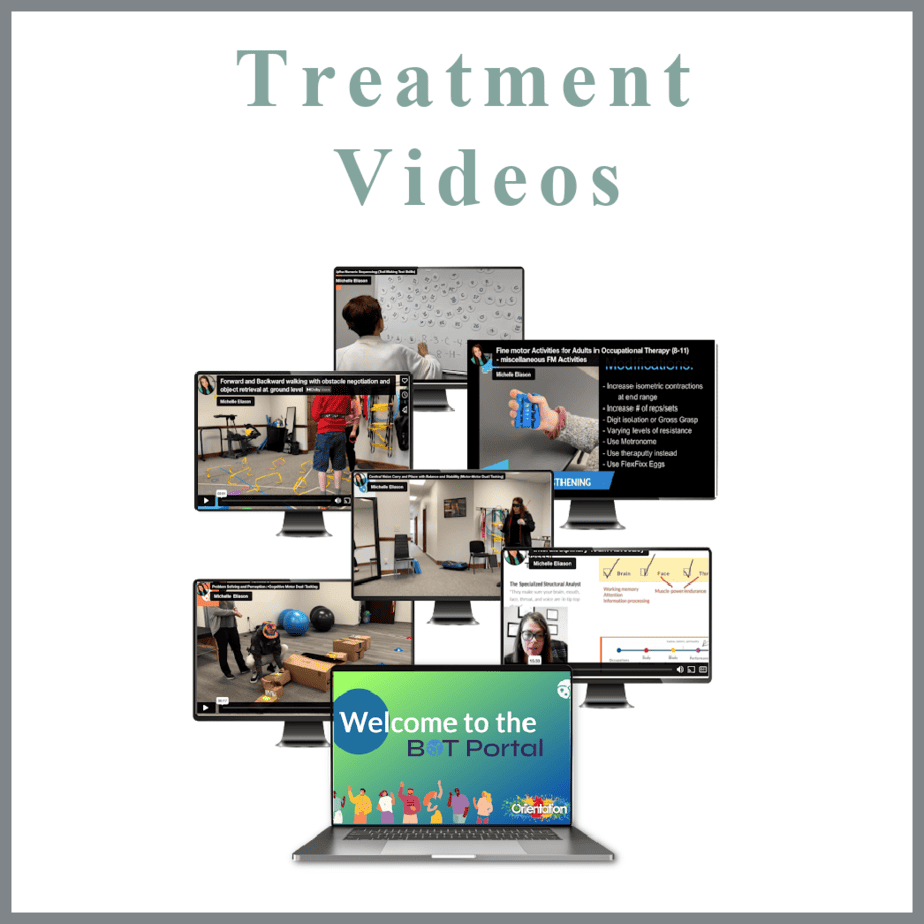
Membership Perks
Two Membership Options!
Your investment gives you resources to save you stress, self-doubt, and burnout as you become a confident and competent practitioner who can stand up for your professional point of view and scope of practice.
General:
What is our actual scope of practice or the expectations made on us by our profession? Is there a standard? Yes! Absolutely there is a standard!
The OTPF says this, “Interventions provided to groups and populations are directed to all the members collectively rather than individualized to specific people within the group. Practitioners direct their interventions toward current or potentially disabling conditions with the goal of enhancing the health, well-being, and participation of all group members collectively.
Assessments to use in Evaluation and Progress Notes:
Important: You canNOT bill for group therapy if the intervention is not prompted by a medical diagnosis and substantiated by research-supported or evidence based practice.
Every patient being given a skilled medical services (occupational therapy) must have a reason they are on program and require the skill of a rehabilitation professional.
Group therapy IS NOT activities!! If your client require social participation for psychosocial support, your role is to create a schedule for them to be ensure they are apart of the facility activities program and to ensure they are given the just right level of activities. Your role is not to come up with activities and bill for it. If it’s not working to remediate, restore, maintain, or enhance current level of function based on the recorded diagnosis, you must refer to activities.
How should you approach group activities in Occupational Therapy?
Explanation: If I was to come up with something at the top of my head for a group occupational therapy session for sub-acute patients going back into the community, I would break down the number of average weeks the SNF is planning to keep them. Yes, because of the changes all SNFs ‘ballpark’ the number of weeks a patient will be there because they should be planning for how much group therapy they should administer (if any). So, say roughly 6 weeks.
Psychosocial support and community reintegration preparation
- Falls Prevention
- Balance exercises and dynamic balance training
- Alternative pain management and the importance of managing the pain
- Planning Adventures (1 adventure a month) Doing one new thing a month that you need to grow with
- Who are you going to call? Teach them the different providers with handouts
- Memory loss and action steps
All of these areas case the most disfunction if not addressed.
As for Long term Care Residents requiring group therapy, I would focus on exciting the brain and the body:
- Stretching (ballistic stretching not static stretching)
- Sing along
- Anything with gross movement and neurodynamic activity (seated or standing)
Browse the Resource Store!
Don't want to pay for each PDF individually? No problem! The BOT Portal Membership comes with all printable resources and more!
Alzheimer’s Disease Medications for Memory
Recent advancements in Alzheimer’s treatment have led to FDA approval of several new medications for Alzheimer’s Disease and mild cognitive impairment (MCI). These developments are the result of rigorous research and clinical trials aimed at improving the quality of life for those affected by these conditions. The newly approved medications offer hope for better management of symptoms and potentially slowing the progression of cognitive decline.
One of the key focuses of recent research has been on targeting the underlying mechanisms of Alzheimer’s, such as amyloid plaques and tau tangles. These innovative approaches have shown promise in clinical trials, leading to the approval of drugs that can more effectively address these core issues. Additionally, advancements in diagnostic tools have enabled earlier and more accurate detection of Alzheimer’s and MCI, allowing for timely intervention with these new treatments.
For healthcare professionals, caregivers, and patients, staying informed about these advancements is crucial. Our latest blog article provides a look at these new medications, their mechanisms of action, and the potential impact on patient care.
The Neurological Therapist – Interview your therapist
One crucial aspect of our practice is understanding the nuances between different treatment modalities and knowing when to apply each one effectively.
Understanding the Difference: Therapeutic Exercise, Therapeutic Activity, and Neuromuscular Re-education in Occupational Therapy
One crucial aspect of our practice is understanding the nuances between different treatment modalities and knowing when to apply each one effectively.
Stages of Alzheimer’s Disease
Alzheimer’s disease progresses through several stages, each presenting its own set of challenges for both the individual and their loved ones. In the early stages, memory lapses and difficulty with familiar tasks may be subtle, but as the disease advances, symptoms become more pronounced. In the middle stages, confusion and disorientation become more frequent, and individuals may require assistance with daily activities. Finally, in the late stages, communication becomes extremely limited, and round-the-clock care is often necessary. Understanding these stages can help families better navigate the journey of Alzheimer’s, providing support and planning for the road ahead.
Warning Signs of Dementia
It is difficult to tell the difference between memory loss in normal aging and warning signs of dementia, but there are several common findings that may serve as a warning sign that something deeper may be happening than normal aging.
Early Signs of Dementia in Women
“Memory is the treasure house of the mind wherein the monuments thereof are kept and preserved”. Thomas Fuller Early signs of dementia in women:Early: This refers to the beginning stages or the initial phase of something. In the context of "early signs of dementia,"...
Traumatic Brain Injury Rehabilitation TBI
Traumatic Brain Injury (TBI) Rehabilitation and Support ServicesTBI and Concussion in TeensTBI and Concussion in AdultsWhat is a Traumatic Brain Injury (TBI)A traumatic brain injury (TBI) can occur after a fall, sport injury, motor vehicle accident, blunt force...
Lewy Body Dementia and Rehabilitation
Lewy Body Dementia and Rehabilitation Authored by Michelle Eliason, MS, OTR/L, CKTS, C.D.S.What is Lewy Body Dementia?Lewy Body Dementia (LBD) is the second most prevalent progressive neurodegenerative diagnosis causing dementia. It is second to Alzheimer's disease...
Multiple Sclerosis and Rehabilitation
Multiple Sclerosis and Rehabilitation Authored by Michelle Eliason, MS, OTR/L, CKTS, C.D.S.Common Symptoms of Multiple SclerosisMultiple sclerosis (MS) is a neurodegenerative disease affecting the central nervous system (brain and spinal cord). During the progression...
Parkinson’s Disease
Parkinson's Disease Treatment Parkinson's Disease Therapy and Management Parkinson's Disease treatment; Parkinson's Disease therapy; PD; Parkinson's Physical TherapyCommon Symptoms of Parkinson's DiseaseParkinson's disease is the second most common neurodegenerative...
